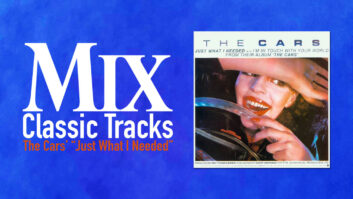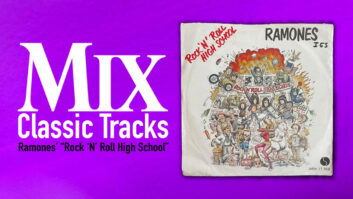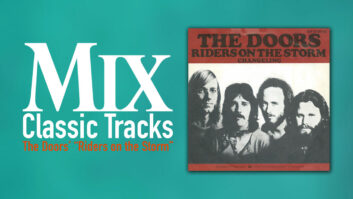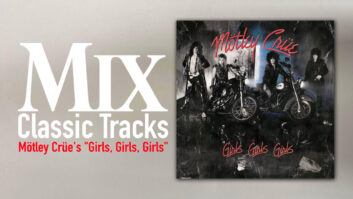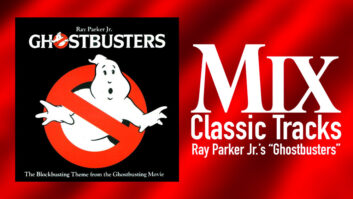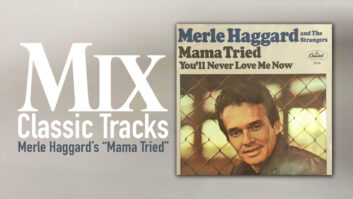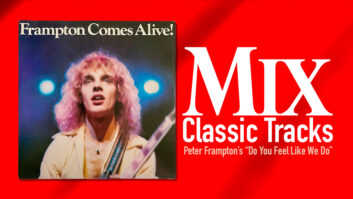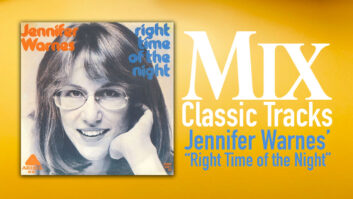In the great tradition established from the beginning of rock ’n’ roll, War’s “Low Rider” is a song about a car—one of the coolest, most groove-y, sultry car songs ever, in fact—and the groove at the core of it developed from the way the band worked in the studio with its longtime engineer, Chris Huston.

“We were always recording,” says Huston, who began working with the group and producer Jerry Goldstein in the late ’60s. “We’d record sometimes 10 hours a night, going through four, five or six reels of 24-track tape, regularly. They’d jam for hours, and every night, there could be three or four cassettes full of rough mixes—not songs, but jams—and each one would get a catalog number, and everyone would get a copy, including me.
“Later, sometimes years later, someone would get an idea for a song, and we’d find the appropriate 24-track tape and the section they wanted. We’d find a section that could be turned into an intro, and if there was a bit we could make into the bridge or chorus, we’d use it. That’s how ‘Low Rider’ was written, mostly by Charles Miller, who sang on the actual record, but everyone would contribute.”
Classic Tracks: John Cougar Mellencamp’s “Cherry Bomb”
“Low Rider” was made in Studio B of Sound City, as Fleetwood Mac had booked Studio A. “It was a small room, but we were used to it,” Huston recalls. “Everybody sang, so we’d have up to 36 microphones active in the room throughout a session.”
In addition to the jam-based groove and Miller’s growling vocal, it’s the instrumentation on “Low Rider” that’s so memorable: the beat of Papa Dee’s cowbell (which was overdubbed and edited for the intro), the funky percussion, the thick, doubled duet of harmonica and sax. “The conga player also had tablas, bongos, gongs, cymbals and needed several vocal mics available,” Huston says. “Lonnie Jordan would also have several vocal mics because he’d have a regular piano, a Hammond organ, Moog synthesizers, electric piano and Clavinet, and I’d never know where he was going to be.”
In Sound City, Huston usually recorded to Ampex 24-track machines. “I only ever used one model of limiter, and that was the UREI 1176,” he says. “The only things I used them on were vocals and bass. I never used limiting or compression on anything else.”
Huston favored AKG instrument mics at that time, and Neumann U 87s for vocals. Everything usually went directly through the pres in the studio’s Neve board.
“Of all the groups I’ve worked with, War had such a natural creativity,” says Huston. “Even when they were just young guys from the Long Beach/Signal Hill area and had no idea what the studio was about, they were just incredible.”
